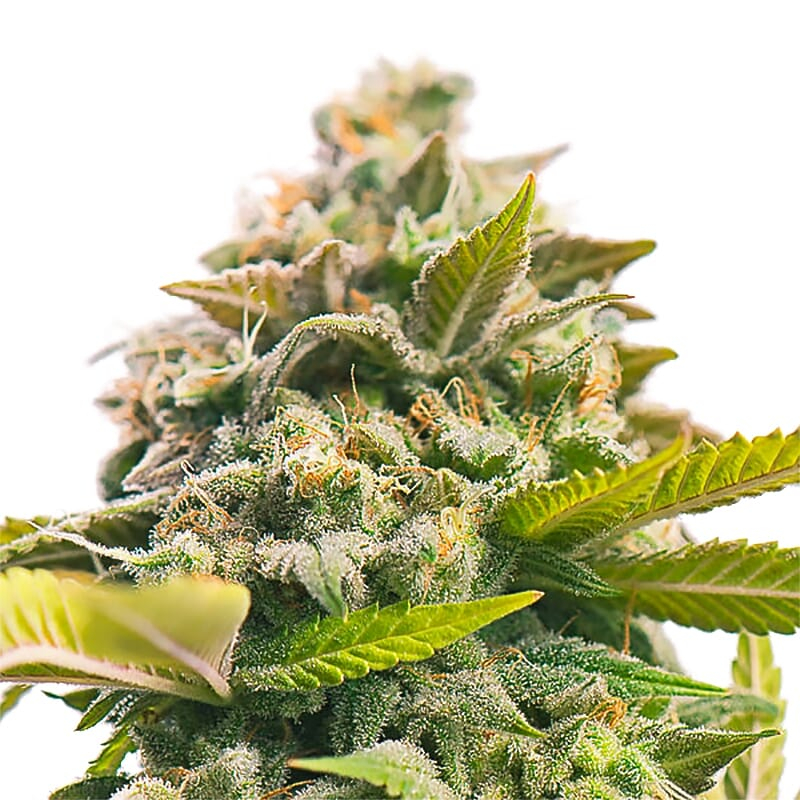Thinking about the legality of marijuana, especially in a country like the United States, often leads to the belief that the nation is extremely tolerant, just like the state of California, where cannabis consumption and discussion are commonplace. Walking through the streets of San Francisco, it is easy to see the presence of shops where it is possible to buy marijuana legally, even in the form of gummy bears. But the reality is different.
Currently, only 21 states and Washington D.C. permit the legal use of cannabis, creating a notable disparity for U.S. consumers. Despite this limitation, medical marijuana is legal in 37 states, albeit often with barriers to access. Recreational users are often forced to travel long distances to obtain cannabis products legally and without restrictions, which obviously, requires additional effort. In addition, marijuana-related events and festivals are common in these regions and part of the daily life of the state’s residents.
Marijuana legality is divided
Marijuana legality is divided into two very favorable outlooks in the United States. The West Coast of the country leads in acceptance of both recreational and medical use, while the central and southern parts of the country lean more toward medical use.
In 11 other states, products containing CBD along with minimal amounts of tetrahydrocannabinol (THC), the psychoactive component of cannabis, are allowed for use. This means that only two states, Idaho and Nebraska, maintain a complete ban on marijuana in any form.
One of the most notable developments in cannabis law reform is President Joe Biden’s announcement in October, in which he promised to grant clemency to all U.S. citizens convicted of federal marijuana possession. In addition, he asked the Department of Health and Human Services and the Attorney General to conduct an immediate review of the classification of cannabis under federal law. Currently, marijuana is classified as a Schedule 1 substance, along with heroin and LSD, a category reserved for narcotics with a high potential for abuse and no accepted medical value.
Biden stated, “Too many lives have been affected by our failed approach to marijuana. It is time to right those wrongs.”
Illegality is just a word
Illegality is a reality in Miami, a place known for fun and relaxation. Despite expectations of liberalism, recreational weed use remains illegal in the state. Currently, access to weed is only allowed for medical purposes. There was a recent attempt by the state legislature to introduce a bill to legalize the personal use of weed, but the bill died in committee and was never enacted.
Despite prohibition, most users, seek out opportunities to consume cannabis at public events, which, while potentially creating legal problems, has contributed to increased support and interest in legalization.
Green Business: Marijuana by the Numbers
The legal marijuana market in the United States has experienced significant growth over the past three years, reaching $64 billion. Despite broad public support, experts like NORML’s Paul Armentano do not expect federal legalization this year due to challenges in Congress.
Nonetheless, legalization has advanced at the state level over the past two and a half decades. Three states legalized cannabis in 2022, and seven more are expected to follow suit in 2023, expanding the legalization map for both recreational and medical use.
Currently, the unregulated and underground cannabis markets are at least twice the size of the legal market, with expected sales of $26 billion nationwide last year (2022). The legal industry is expected to experience significant growth, reaching $42 billion by 2026.












